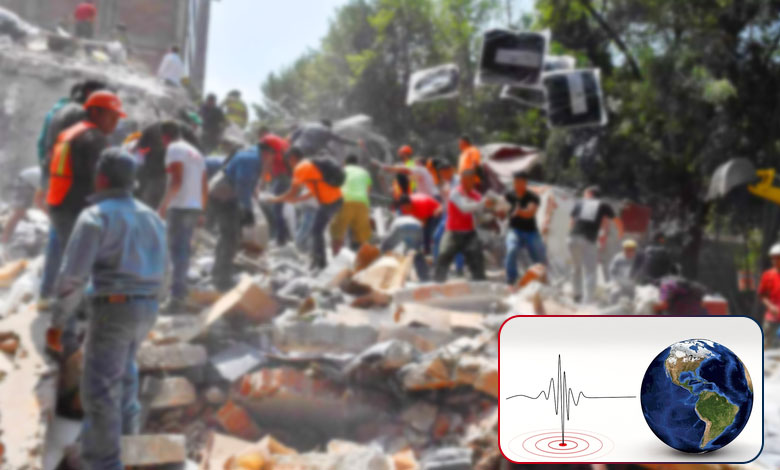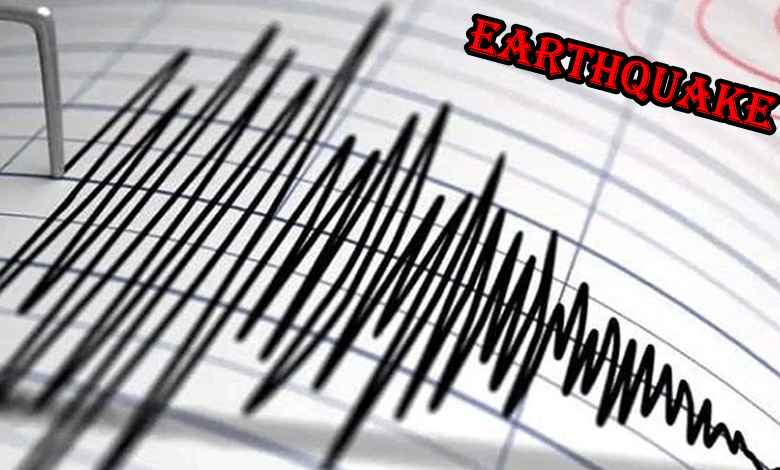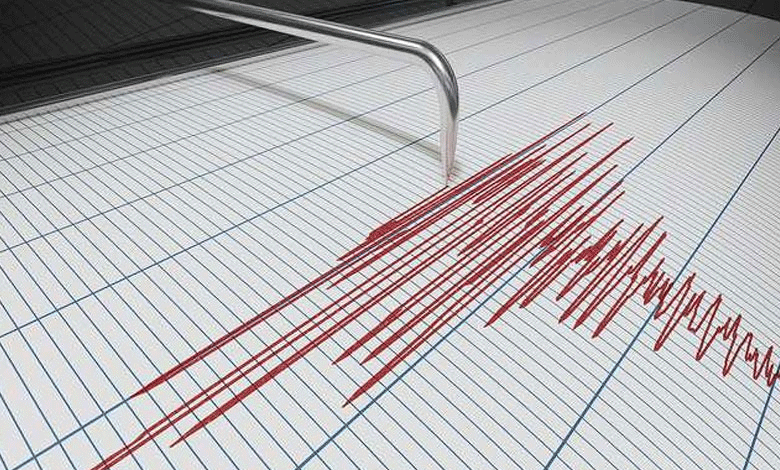7.1 Magnitude Earthquake Strikes Nepal-Tibet Border: 32 Dead and 38 Injured
A powerful 7.1-magnitude earthquake struck the Nepal-Tibet border, leaving 32 dead and 38 injured. Aftershocks were felt across North India, raising concerns about seismic activity in the region.

New Delhi: A powerful 7.1-magnitude earthquake struck the Nepal-Tibet border on Tuesday morning, leaving at least 32 people dead and 38 injured.
The earthquake, which occurred at 6:35 AM (IST), has caused significant damage, including house collapses and widespread panic across the region.
Table of Contents
Details of the Earthquake and Aftershocks
The earthquake’s epicentre was located in Xizang (Tibet Autonomous Region), near the border with Nepal. According to the National Centre for Seismology (NCS), the epicentre was at a latitude of 28.86 degrees North and longitude 87.51 degrees East, at a depth of 10 kilometres.
Xinhua news agency reported that 32 people in the city of Xizang were killed, with 38 others injured in the aftermath of the quake.
In addition to the initial earthquake, two aftershocks followed shortly after. At 7:02 AM (IST), a 4.7 magnitude tremor was reported with its epicentre at latitude 28.60 degrees North and longitude 87.68 degrees East, also at a depth of 10 kilometres. Just minutes later, another tremor of magnitude 4.9 struck at 7:07 AM (IST) with its epicentre located at latitude 28.68 degrees North and longitude 87.54 degrees East, at a depth of 30 kilometres.

Destruction and Casualties
The earthquake caused widespread damage, with many houses collapsing in Tonglai Village, located in Changsuo Township of Dingri in Xigaze, also known as Shigatse. The tremors were so strong that they were felt across various regions in India, including Bihar, West Bengal, Sikkim, and Delhi-NCR, prompting people to rush out of their homes and apartments in panic. However, no significant property damage or casualties have been reported in India so far.
The devastating earthquake has heightened concerns over the seismic activity in the region. Nepal, situated in a seismically active zone, frequently experiences earthquakes due to the tectonic collision between the Indian and Eurasian plates in the Himalayas. This tectonic activity has made the region vulnerable to severe earthquakes.
Location of the Epicentre
According to the United States Geological Survey (USGS), the earthquake occurred 93 kilometres northeast of Lobuche, which is located near the Khumbu Glacier. Lobuche lies approximately 150 kilometres east of Kathmandu and 8.5 kilometres southwest of Everest Base Camp. The proximity of the epicentre to these famous landmarks further underscores the seriousness of the seismic event.
Aftershocks and Regional Impact
The two subsequent earthquakes that followed the initial 7.1 magnitude tremor have raised alarm among local authorities and residents. Though these aftershocks were of a lower magnitude (4.7 and 4.9), they were still felt strongly in parts of North India, particularly in Bihar. These aftershocks have contributed to the panic, but so far, no additional casualties or significant damage have been reported in India.
Also Read | 7.1 Magnitude Earthquake Jolts Nepal; Tremors Felt Across North India
Monitoring the Situation and Ongoing Efforts
Authorities in both Nepal and India are closely monitoring the situation. Nepal’s government, along with local agencies, has been working to assess the full extent of the damage and provide necessary relief to the affected areas. Emergency teams have been dispatched to assist those injured and help with rescue operations in the most impacted regions.
The Nepal-Tibet border region, particularly the area around the Himalayas, is no stranger to devastating earthquakes. In the past, the region has faced significant seismic events, with the 2015 earthquake in Nepal being one of the most devastating in recent history. This historical context makes the latest earthquake all the more concerning for both governments and residents in the region.
Earthquake Risk in Nepal and Tibet
Nepal is situated on the boundary where the Indian and Eurasian tectonic plates collide. This geological activity has made the country particularly vulnerable to earthquakes. The seismic activity in Nepal and Tibet continues to pose a risk to the region, and authorities have long been aware of the need for earthquake preparedness and response.

The 7.1 magnitude earthquake serves as a reminder of the ongoing risks posed by tectonic activity in the region. While the region has experienced many earthquakes over the years, authorities continue to improve disaster response and preparedness strategies to mitigate the impact of such natural disasters.
